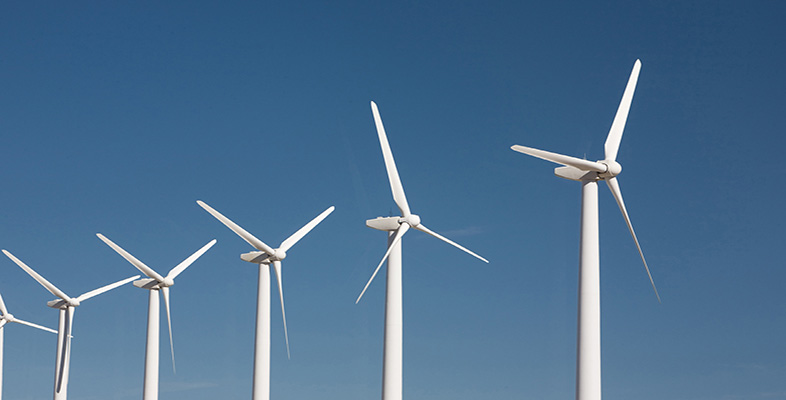3 Present energy sources and sustainability
What are the principal energy sources at present, and how sustainable are they?
About 80 per cent of the world's energy is currently supplied by fossil fuels such as coal, oil and gas. Present estimates suggest that, at current consumption rates, there are over 200-years' worth of coal left, 60-years' of gas, and 40-years' of oil. Fossil fuels are hydrocarbons, and their combustion releases carbon dioxide into the atmosphere, one of the main causes of the human-induced greenhouse effect.
Nuclear energy is a fairly new technology which currently provides nearly 7 per cent of our primary energy requirements. It is based on harnessing the very large quantities of energy that are released when the nuclei of certain atoms, such as uranium-235, are induced to split or fission. Estimates suggest that there is sufficient fuel for many decades or even centuries, depending on use rates, but there are major concerns regarding safety and the disposal of nuclear waste products.
The combustion of biofuels such as wood or other biomass material gives us bioenergy. To be sustainable, the forests that provide traditional wood fuel need to be re-planted at the same rate as they are cut down. The incomplete combustion of wood can also release a mixture of greenhouse gases with a greater overall global warming effect than can be offset by the CO2 absorbed by growing replacement trees. Modern bioenergy power plants burn straw and forestry wastes.
Hydroelectricity is the power from flowing water, a source which has been used by humanity for many centuries. In 2000, it contributed over 17 per cent of world electricity. Its original source is the sun; water evaporated from oceans falls as rain or snow into rivers, where its flow can be harnessed using water wheels or turbines. Larger installations can have adverse environmental effects, but smaller projects may have little, if any, impact
